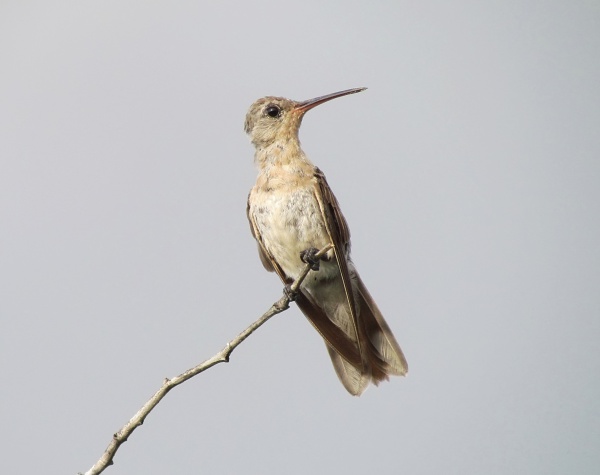Facts About Buffy hummingbird
The Buffy Hummingbird, a member of the hummingbird family Trochilidae, is a small, enchanting bird native to the dry forests and scrublands of northern South America. Their varied diet consists of insects, nectar, and even the pulp and juice of cactus fruits.
Both male and female Buffy Hummingbirds have similar appearances, although females are typically less vibrant. They measure approximately 8.5 to 9 cm in length. Their plumage features dull green backs, pale cinnamon-buff underparts, and white bellies.
These birds are primarily found in Colombia, French Guiana, and Venezuela. They thrive in desert shrublands, thorny areas, and even mangroves, inhabiting elevations up to 500 meters. When foraging, they often hover at medium heights or near the ground, frequently feeding near the forest canopy. They are particularly attracted to the nectar of plants like Agave and Hibiscus and also savor the pulp and juice of cactus fruits. Notably, they play a role in pollinating Melocactus flowers.
During migration, Buffy Hummingbirds do not travel extensive distances, opting instead for areas abundant with thorn trees during the dry season. Their courtship rituals include elaborate aerial displays and distinctive mating calls. Breeding season occurs from May to November, during which they construct nests on low branches or in bush forks. These nests are crafted from soft fibers and adorned with bark, lichen, and leaves.
Regarding their conservation status, the Buffy Hummingbird is currently not at risk. The IUCN categorizes them as "Least Concern" due to their extensive range and stable population, despite the precise number of individuals being unknown.

 Venezuela
Venezuela